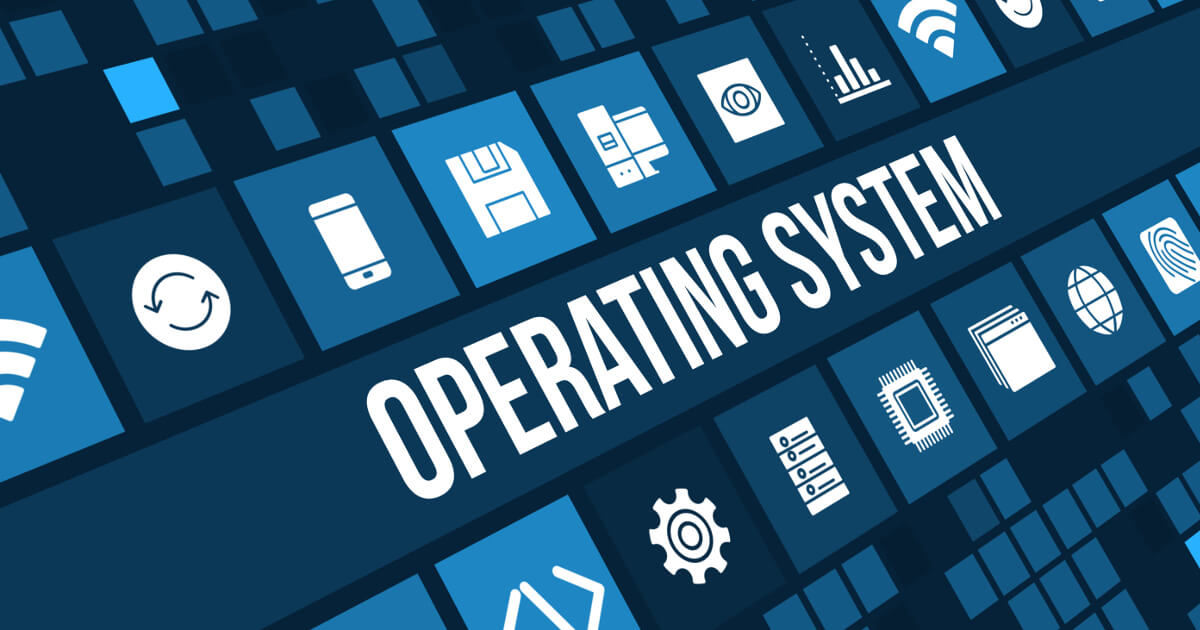Raspbian has, most importantly, been the OS of desire for RPI gadgets. The Raspberry Pi Foundation has no plans of converting that, either. In this newsletter, however, we will explore various alternatives for your Raspberry Pi device, which could better your needs.
Ubuntu MATE
While many are acquainted with working structures, including Windows and Macintosh (Mac), not all and sundry have heard of Ubuntu. Ubuntu is a Debian-based totally Linux OS that may be mounted on PCs, capsules, smartphones, and even your Raspberry Pi. The cool aspect of Ubuntu is that its miles turned into advanced, round, unfastened software. Yes, it’s proper—you will now not spend masses on an OS. This one is completely unfastened.
The innovative builders at Ubuntu have coded a version for the Raspberry Pi 2 called Ubuntu MATE. This OS comes with LibreOffice, a free, open-source suite incorporating programs for word processing, spreadsheets, slideshows, diagrams, and drawings, running databases, and composing mathematical formulae. Oh, and it is also offered in a hundred and ten languages.
This Ubuntu model uses the MATE laptop surroundings, which incorporates a document manager to connect to your neighborhood and networked documents. MATE also includes a calculator, device screen, terminal, LibreOffice, and file supervisor. Ubuntu MATE has a very intuitive and appealing laptop that feels traditional if you’re familiar with Microsoft Windows or Apple Mac OS. If you are a gamer, need to browse the internet, or need to circulation media in your own home, you’re in luck; Ubuntu MATE includes Mozilla Firefox and VLC, and you may download Steam for your gaming requirements.

RISC OS (ROOL)
Unlike Ubuntu, RISC OS Open Limited (ROOL) isn’t always based on Linux but rather a distinct OS. RISC OS was created by Acorn Computers Ltd in Cambridge, England, in 1987. Interestingly enough, Acorn Computers concurrently developed the Advanced RISC Machines (ARM) to integrate into their new line of Archimedes PCs. While the Raspberry Pi failed to debut until 2012, RISC was designed to function with the ARM chipset.
RISC stands for “decreased guidance set computing,” a layout that provides higher performance while blending a microprocessor capable of executing instructions with fewer cycles by the guidance. Along with being loose, RISC is a full computer OS where the core surroundings consist of a windowing gadget and some apps, all within 6MB. Being this small, it is also plenty less complicated than contemporary OSes, such as Linux.
While RISC OS hasn’t been liberating new variations as often as Windows or Mac OS has been, this is the best way that there are fewer layers between you and the system, as it was as soon as a closed-source OS, there’s a ton of documentation in a sequence of books referred to as the Programmers’ Reference Manuals (PRM) that is kindly located on the RISC OS.
Arch Linux
Arch Linux is a lightweight and bendy OS that attempts to hold it as easily as feasible. Currently, the OS programs are optimized for i686 and x86-64 architectures. The organization follows the KISS principle (“maintain it easy, silly”) and attempts to recognize beauty, proper code, and a minimalistic and simplistic environment. It is said to be one of the great Linux distributions you could use, in particular, given that the level of customization you could achieve with Arch Linux is unlike other Linux iterations. You ought to use everything in an open-source software program. NVIDIA drivers can also head down the “make it paintings” course. If you need to change your interface, there are plenty to choose from, including GNOME, Xfce, or Cinnamon desktop environments. Many other GNU/Linx distributions tend to be extra consumer-pleasant, even as Arch is more consumer-centric.
Pandora
Pandora is every other Linux distribution, just like Raspbian. However, its miles are based totally on the Fedora distribution. It’s slightly different in some ways. First, it has plenty more special software than Raspbian, textual content editors, programming environments, and more. Pandora’s cool feature is that it comes with a “headless mode,” which permits the person to function with the Raspberry Pi without a keyboard or display screen. If you have a speaker plugged in, it will announce the IP address statistics back to the end consumer. Like different Linux distributions, Fedora has a ton of additional software and documentation on the Fedora repository.
OpenELEC (Open Embedded Linux Entertainment Center)
OpenELEC (Open Embedded Linux Entertainment Center) is built around Kodi, an open-source amusement media environment. The first-class aspect of OpenELEC is it provides the “simple enough operating machine” precept. This lets it consume only a few assets and offers a quick boot time from flash memory. The designers wanted the OS lightweight while permitting aid for Intel’s HD Graphics, NVIDIA’s GeForce and ION platform, AMD’s Radeon and Fusion platform, and Broadcom’s Crystal HD chip. This OS’s extraordinary issue is that it supports an extensive type of GPUs, making it possible to convert no-longer-so-new computer systems into complete-fledged home theater structures.
READ MORE :
- Risk-Based Thinking in Planning (6.0): Using the Business Operating System Approach
- Sinopec Group ex-general manager to be prosecuted for alleged graft
- Pedaling for the Tour
- Cybercrime is shifting further to mobile devices
- The OnePlus 3 and 3T will get Android O before the end of 2017, and the OnePlus 5 will go on open sale.






